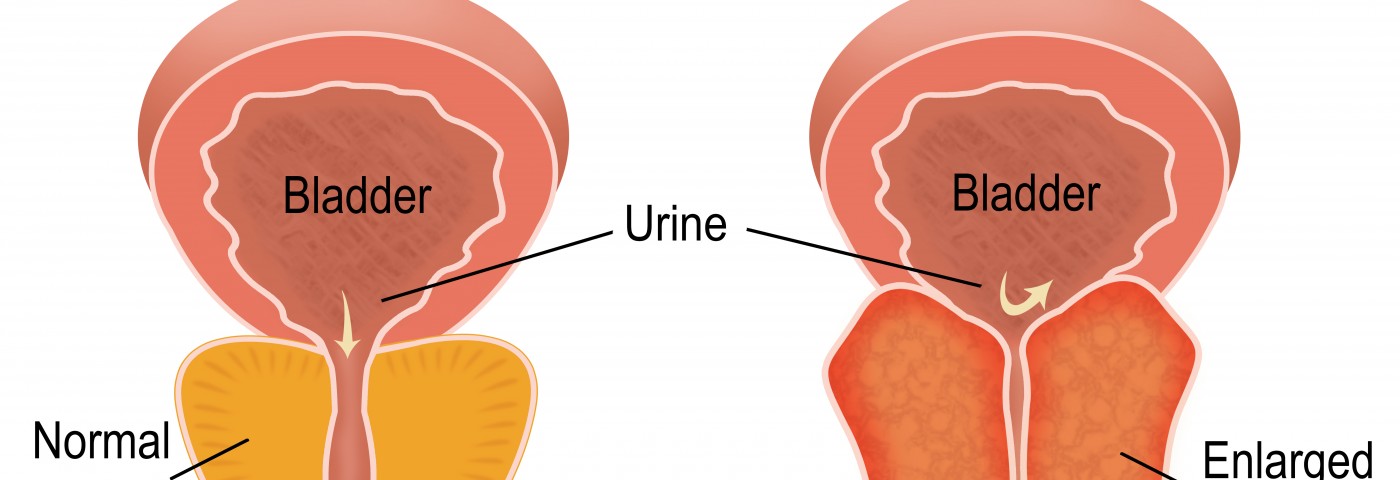Researchers have developed a cell culture system that could improve understanding of the mechanisms at work in benign prostatic hyperplasia (BPH) and lead to better ways of treating the disease. Their article, “Biased α-adrenergic receptor and β-arrestin signaling in a cell culture model of benign prostatic hyperplasia,“ appeared on Feb. 3 in the journal Biochemical and Biophysical Research Communications.
As men age, their prostates grow, and a fair number will develop BPH. Although this disease — common in aging societies — can have troubling symptoms, it is not always an indicator of a serious medical problem. Right now, there is no cure for the condition and commonly prescribed medications, specifically alpha-adrenergic blockers, could benefit from improvements in specificity and reductions in side effects.
Alpha-adrenergic blockers, like terazosin, doxazosin, tamsulosin and alfuzosinare, are used to treat BPH, since alpha-adrenergic receptors are responsible for the cellular responses that lead to an enlarged prostate. However, knowledge as to how alpha-adrenergic receptors promote cell growth is incomplete.
Led by Mindy Wang of the Department of Anatomy and Cell Biology, University of Florida College of Medicine, Gainesville, researchers grew prostate epithelial cells in vitro. They used genetic methods to suppress genes known as βArrestin-1 or βArrestin-2, and phenylephrine to stimulate alpha-adrenergic receptors. To measure specific proteins, they used a standard method known as Western blotting.
The team found that ERK activation was associated with the stimulation of prostate cells, affecting the cells’ size but not their actual number. Increased cell volume was suppressed when βArrestin-1 or βArrestin-2 genes were repressed. Using their cell culture model, the team further observed that beta-blockers for BPH, terazosin and alfuzosin, were the most effective at inhibiting cell volume increase in the prostate, and both acted through the ERK pathway.
This study sheds light on the possible mechanisms that may lead to BPH and prostate enlargement, suggesting possible new targets for treatment, such as ERK or βArrestins. In addition, the scientists provide a possible system for further studying prostate enlargement and testing new medications.

